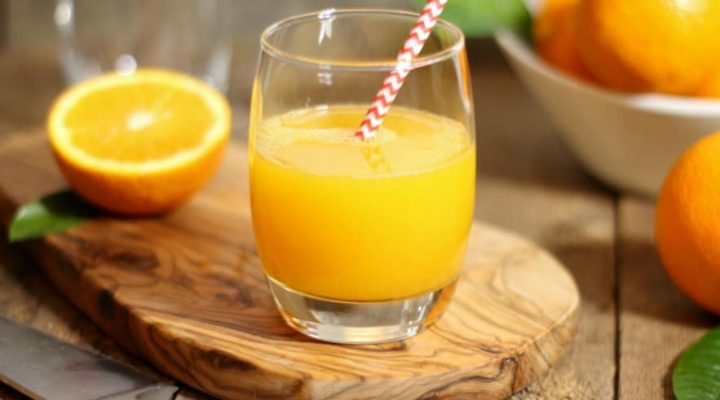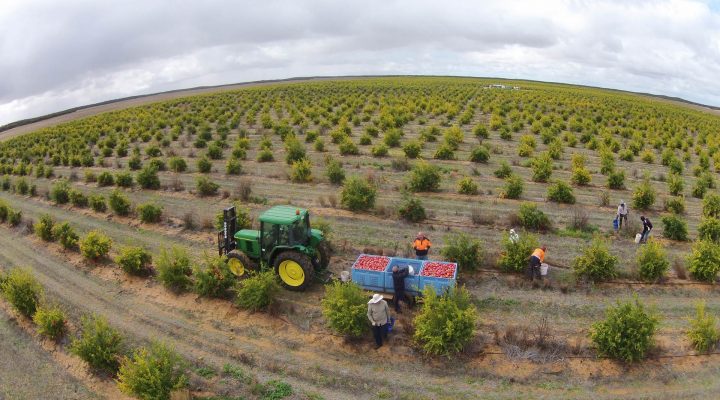Elderberries, small, dark purple berries grown on the Sambucus tree, are well known for their cold and flu-fighting properties. Used medicinally for centuries to reduce cold symptoms and other ailments, researchers believe elderberry may be one of the best natural antiviral substances and could be used to effectively treat the common cold and influenza A and B.
Broad-based antiviral therapies like elderberry supplementation block key viral proteins from entering host cells. Additionally, elderberry extract is also antimicrobial and works to fight bacterial infections, like pneumonia, that often develop as complications of the flu.
Elderberry is used for viral infection protection.
The common cold and flu account for more than 20 million doctor visits a year, causing numerous missed school and workdays. While conventional remedies address temporary symptom relief, researchers believe that elderberry extract could be used to effectively shorten the duration of colds and cases of flu.
Elderberry boasts immune-activating benefits. Elderberry juice encourages the production of cytokines, a protein that works to regulate immunity and inflammation. In one study, elderberry’s potent immune-boosting properties were shown to be effective against 10 unique strains of the influenza virus.
Elderberry extract is a powerful antimicrobial. Elderberry juice is high in anthocyanins, a type of flavonoid that has both antimicrobial and antiviral properties. Many patients with severe influenza A or B are susceptible to bacterial infections like pneumonia, with pneumonia rates as high as 65.7% among hospitalized influenza patients.
Due to its potent antimicrobial properties, elderberry supplementation is a powerful natural compound in the prevention of both influenza and subsequent bacterial infections.
Elderberry syrup has potent antioxidant ability. Elderberries are high in phenolic compounds, a type of micronutrient found in berries and cacao. These compounds are responsible for the deep red or purple color of elderberries and are bioactive, which means they enhance the antioxidant status of healthy individuals.
Additionally, anthocyanins found in elderberries have been proven to inhibit inflammatory biomarkers and promote health and disease prevention against multiple viral and bacterial infections.
Elderberry treats upper respiratory symptoms.
Many researchers believe that there is a strong potential for misuse of antibiotics during cold and flu season, especially in Western countries. Elderberry is an alternative natural compound proven to effectively reduce cold and flu symptoms such as upper respiratory symptoms and maybe a safer alternative to prescription medications often used to treat these symptoms.
Other benefits of elderberry extract include its high vitamins A, C and E content, high levels of potassium and its anti-inflammatory and antiseptic properties. For these reasons and its potent antiviral capacity, elderberry extract can be a useful natural compound to supplement with during cold and flu season.
Safety profile of elderberry products
While most elderberry products are safe to consume, researchers have found that consuming raw elderberries or the leaves or bark of the Sambucus plant can cause adverse gastrointestinal effects such as nausea, vomiting, abdominal cramps and diarrhea. For these reasons, it’s best to avoid ingesting any raw elderberries.
Due to a lack of sufficient trials, most health care personnel don’t recommend the use of elderberry during pregnancy or while breastfeeding. Additionally, although a few studies have evaluated the efficacy of elderberry extract and it has been used effectively to treat influenza in children, there isn’t much research on elderberry’s safety profile for children.
For additional research on the antiviral benefits of elderberry supplementation, visit the https://www.GreenMedInfo.com elderberry research database. MyValleyNews






